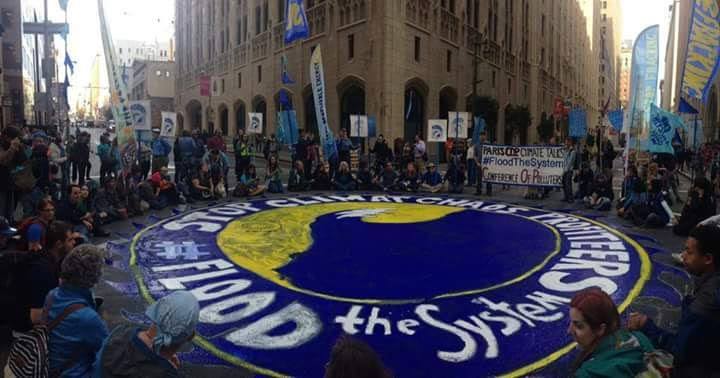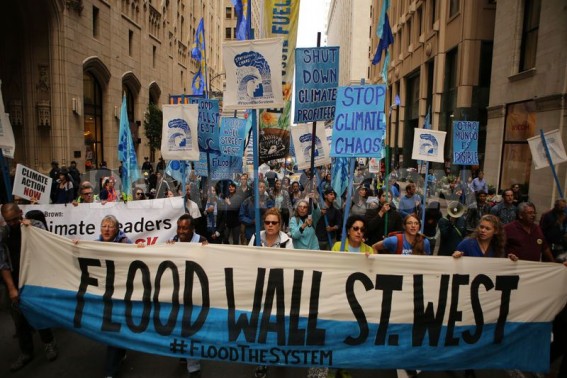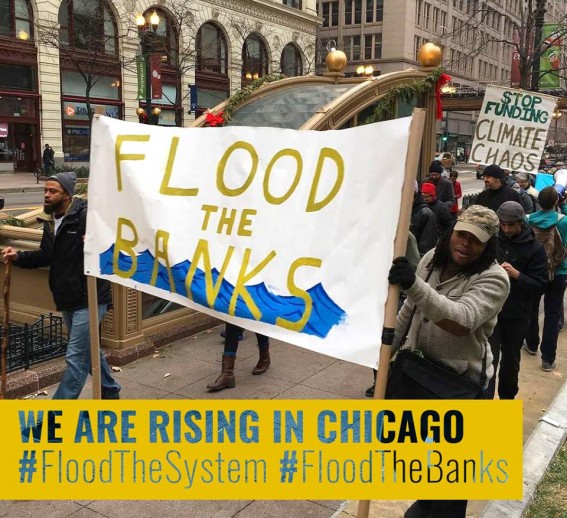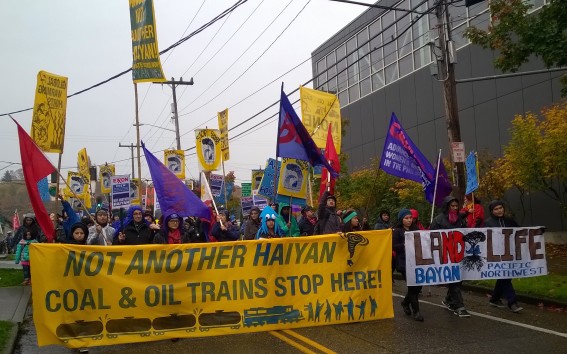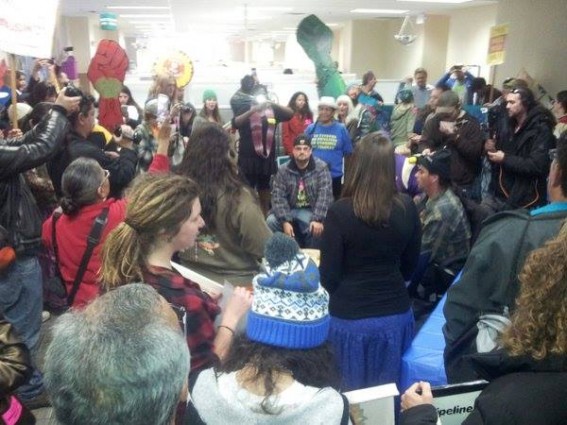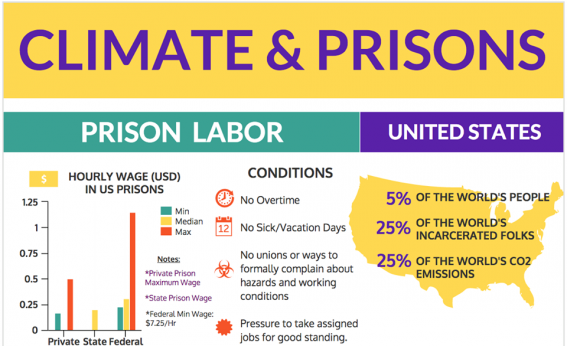The Rigors of Organizing: On the Road with the German
Climate Resistance

Image Source Delphi234 – Wikimedia Commons
Recently, press in the United States told the story of the great transition that the German Coal Commission announced. Benevolent governments like Germany are deciding to make a just transition away from coal and have even set an end date, 2038, for a long-term orderly transition to occur. The mainstream media is hailing this transition as a model for the rest of the world.
There are two problems with this narrative. First, the current German plan renders it impossible for Germany to meet its goals under the Paris accords. Despite what the German governmental spin is, Germany’s proposed coal exit is well behind the 2030 exit of other European countries and includes a transition to fracked gas.
Second, the narrative overlooks the fact of how pressure is exerted and change is made. In the case of Germany, a powerful people’s movement takes over coal mines, sits in trees and engages in mass disruption and civic disobedience in order to exert pressure on the system.
Ende Gelände,which in English means “here and no further,” is a broad coalition that has spent the better part of four years playing a significant role in the German climate resistance. They have organized annual takeovers of a lignite coal mine. Last fall, Ende Gelände was part of a mass mobilization of 50,000 people who came to defend over 80 tree-sit occupations in the Hambach forest, which is regularly encroached upon to clear land for mining. Ende Gelände is less an organization than a broad-based coalition and a true movement, which comes out of the rich tradition of German anti-nuclear organizing, a regular set of European climate camps, and local resistance and “buergerliche (citizen’s) initiatives. Many different small organizations and affinity groups have comprised and undergirded the larger Ende Gelände mobilizations.
The rigor of the organizing is apparent. A year of work before the first mine takeover resulted in Ende Gelände organizing 150 direct action trainings and helping participants to form countless affinity groups. On top of that they organized a vast infrastructure that could maintain a camp of thousands, train a large number of medics as well as creating a space welcoming of a wide array of cultural workers.
Currently, activists from Ende Gelände and the climate camps, along with Rising Tide North America are touring the United States. Ende Gelände will share what they have learned which includes three major takeaways for us. First, they will share the discipline of what they do. Summers of climate camp and hundreds of direct action trainings have created the rigor through which hundreds of autonomous affinity groups can be prepared for mass direct action. As so much of the approach involves recruitment of new organizations, Ende Gelände is skilled at providing a way for everyone to participate at a variety of levels of risk. Second, too often social movements in the United States get co-opted or organized out of taking the boldest actions, because of the need for financial resources. Once organizers and money arrive, what could be truly disruptive actions become much more scripted and lose some power. Ende Gelände organized the nonprofit sector in Germany to support its aims, rather than the other way around. Finally, Ende Gelände will share their tactical acumen. These are activists who overcome their considerable fears are willing to push past police lines, water cannons and pepper spray.
As an anti-capitalist direct action network, Rising Tide is interested in using this tour to supercharge a disruptive flank in the North American climate movement. There are many current heroes in this work. Appalachians Against Pipelines have been holding tree-sits resisting the Mountain Valley Pipeline for over a year. Water Protectors in Northern Minnesota are living through their second winter surviving frigid conditions to stop Line 3. The organizers at L’eau Est La Vie camp have risked life and limb and felony charges in their struggle against the Bayou Bridge Pipeline. Affinity groups like the Valve Turners, including a recent action by four Catholic Workers in Northern Minnesota, risk prison time for their acts of courage and resistance. And, most of this modern wave of predominantly Indigenous-led activism emanates from Standing Rock, which significantly changed how millions of people viewed issues of extraction and Indigenous sovereignty.
The German movement, despite its scale, is a cautionary note that collectively, we need disruption at unprecedented levels in order to solve the climate crisis. If being able to mobilize 50,000 people and intermittently shut down mines with a fairly progressive government still leaves us short of Paris, then what scale and scope of disruption might be needed in the United States to deal with a hostile government where both parties are held captive to fossil fuel interests?
Ende Gelände has some of the same questions for us. They wonder about the interplay of direct action versus organizing in smaller rural communities, and how one makes common cause with those who feel like they benefit the most from mining. It is not only the scale, but also the who is involved.
Rising Tide North America views the Ende Gelände tour as a potential catalyst for more. We wonder if people will be inspired to join the resistance camps in Minnesota or build new ones. We hope that cities resound with takeovers of fossil company headquarters, disruption of shareholder meetings, and mass shutdowns of global financial institutions financing the extraction state.
We hope you join us for the Ende Gelände tour, either in person or online in the webinars being organized by Rising Tide . More importantly, we hope you join a freewheeling, scheming, free-form direct action disruptive movement at the points of resistance or at home where you live. One action, one camp, one long-term occupation in our vast country is insufficient. We look forward to your creativity, strategy and willingness to do the hard work to build a disruptive movement.
For a list of EG tour stops and how to follow the tour, you can sign up here.



